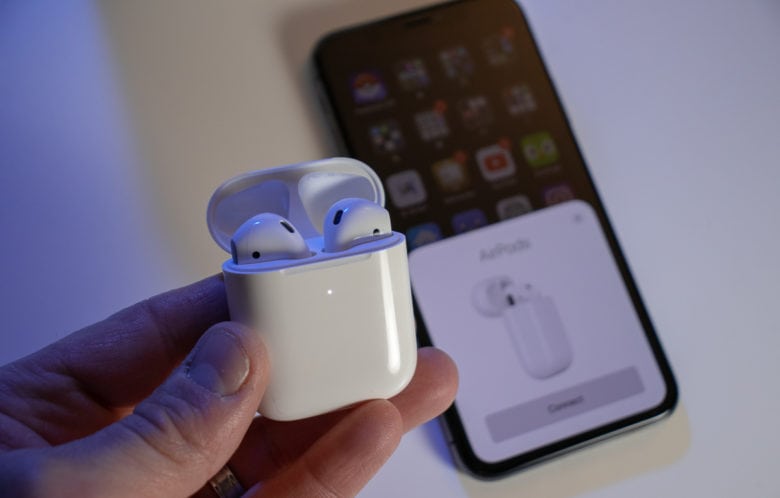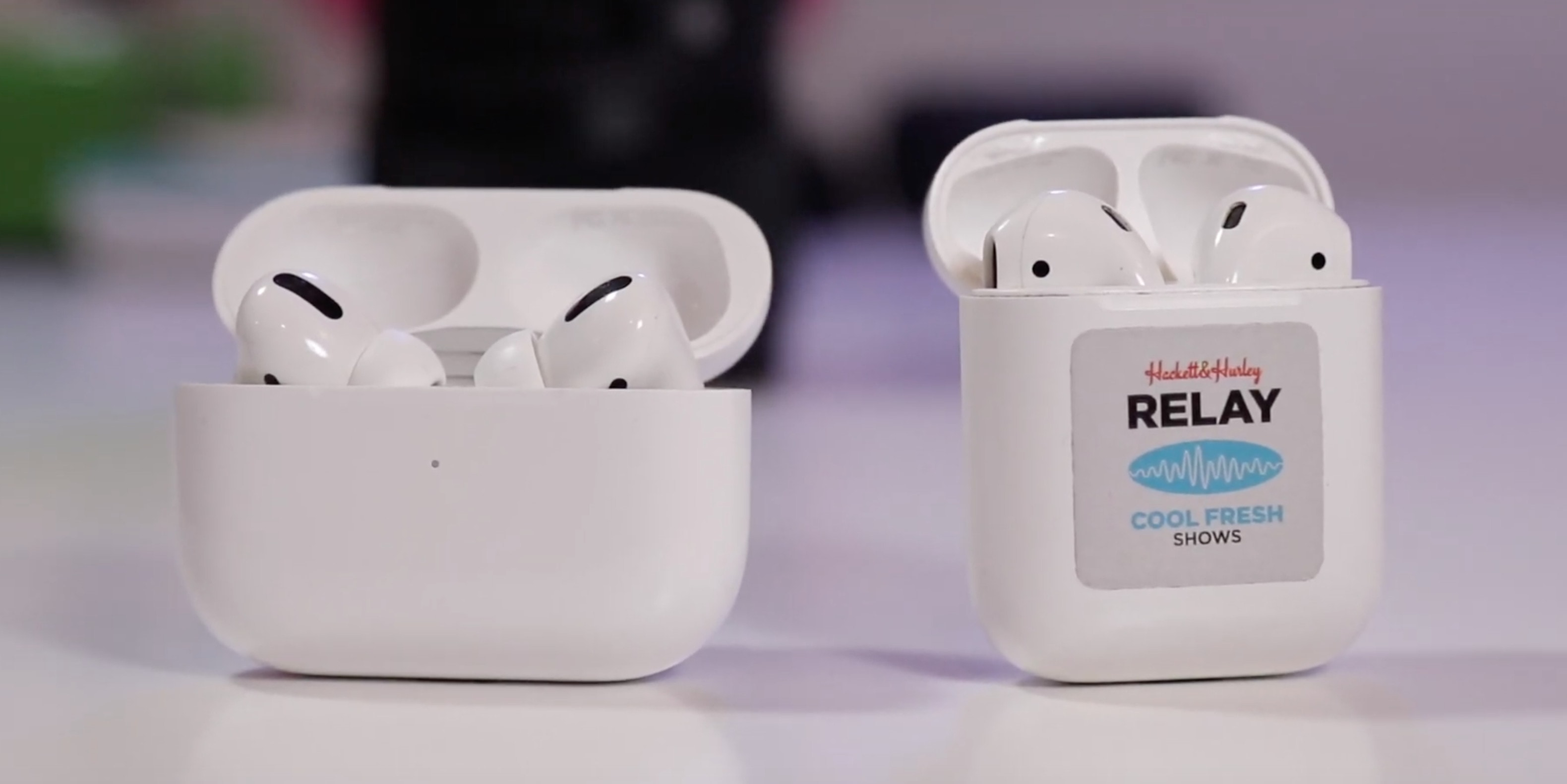Apple’s AirPods are brilliant. They’re incredibly convenient, sleek and offer pretty good sound. They also add a layer of functionality you don’t get with many other Bluetooth headphones or earbuds. And I’m not even talking about the new AirPods Pro.
So, now that Apple expanded the AirPods line to include both the standard AirPods, and the pricier (although more feature-packed) AirPods Pro, choosing the right option might not seem so clear. How do you choose the AirPods that are best for your life?
AirPods vs. AirPods Pro
When it comes time for an AirPods vs. AirPods Pro decision, you should take several factors into account.
Start with your ears
The first, and probably most important thing to consider in choosing between AirPods and AirPods Pro is the way your ears are shaped and what you consider comfortable. With the standard AirPods, you get a basic earbuds design that sits just inside the opening of your ear. This means that they put less pressure on the inner part of your ear.
AirPods Pro, on the other hand, feature silicone tips that fit slightly into your ear canal. The audible effect is a better seal, keeping out more outside noises and keeping in more of whatever you’re listening. AirPods Pro, like many silicone-tipped earbuds, can cause some inner-ear discomfort, especially if the tip sizing isn’t right.
Because of the difference in design, AirPods Pro will generally stay in place better within your ear, thanks to the seal created by that silicone tip. Regular AirPods are more finicky, and may have a tendency to shift or slip in certain conditions.
How do they sound?
If both models fit your ears, your chief concern might be audio quality. On that front, AirPods Pro definitely take the win. Thanks to the earbud shape and fit, lower bass tones in music will be more present, setting up a slightly broader spectrum. The addition of both noise isolation (from a better seal inside your ear) and active noise cancellation also add to the overall sound, keeping more of the sound inside your ears and allowing more subtleties in music to be heard.
Noise control features
With the regular AirPods, the sound you get is the sound you’re stuck with. No additional features enhance or alter what’s coming into your ears (aside from audio EQs in apps).
With AirPods Pro, on the other hand, Apple serves up a trio of Noise Control modes. The first, most straightforward, mode is “off.” This just plays music to the AirPods Pro without any noise cancellation or other software/hardware trickery.
Second is Active Noise Cancellation, which uses built-in microphones in each earbud to pick up outside noise, then cancels it out as much as possible before the sound hits your eardrum. This — for some people — can cause a tingling, squeezing or “cloudy” sensation in different environments.
The third mode is Transparency. In Transparency mode, the mics of the earbuds actually pick up outside noise, then relay them through to the speakers in the earbuds, allowing you to more clearly hear what’s going on in your environment.
Transparency mode is good for commuting or traveling situations where you need to hear announcements happening around you. Transparency is also useful for runners and cyclists, as it allows them to listen to audio content, but also hear approaching vehicles or other potential hazards.
Taking control
The first-generation AirPods offered very little in the way of onboard controls. The primary interaction method was a double-tap on either earbud to invoke Siri.

Photo: Ian Fuchs/Cult of Mac
With the second-generation AirPods, the addition of Apple’s H1 chip added the ability to summon Siri by saying “Hey Siri.” It was a small addition, but it offered an alternative to tapping on your earbud, which was a less than pleasing experience.
AirPods Pro finally do away with the tapping, and instead keep both the H1-powered “Hey Siri” and introduce a force sensor in the stem of each bud.
The sensor replicates the features of the old wired Apple earbuds, allowing a click to pause or play, and double or triple clicks to skip forward and backward. A long press on the sensor, by default, cycles through noise-cancellation modes.
AirPods vs. AirPods Pro: Which should you get
It’s hard to compete with the feature set of the AirPods Pro. Broader sound, noise-cancellation features and ingenious control “buttons” make them better by almost every measure. That doesn’t mean they’re best for everyone, though.
If you need noise cancellation, they fit comfortably, and you’re OK with the price, AirPods Pro are the obvious winner. If noise cancellation isn’t a feature you’re looking for, it really comes down to price and comfort. If in-ear silicone earbuds are uncomfortable, it’s probably not worth torturing yourself for more convenient controls.
If both are comfortable, then price is the final important factor. The regular AirPods start at just $159 ($199 with the wireless charging case). That’s as much as 32% less than the $249 AirPods Pro.
Ultimately, both the second-generation AirPods and the AirPods Pro are excellent and incredibly convenient. It’s all a matter of what’s most important to you.


